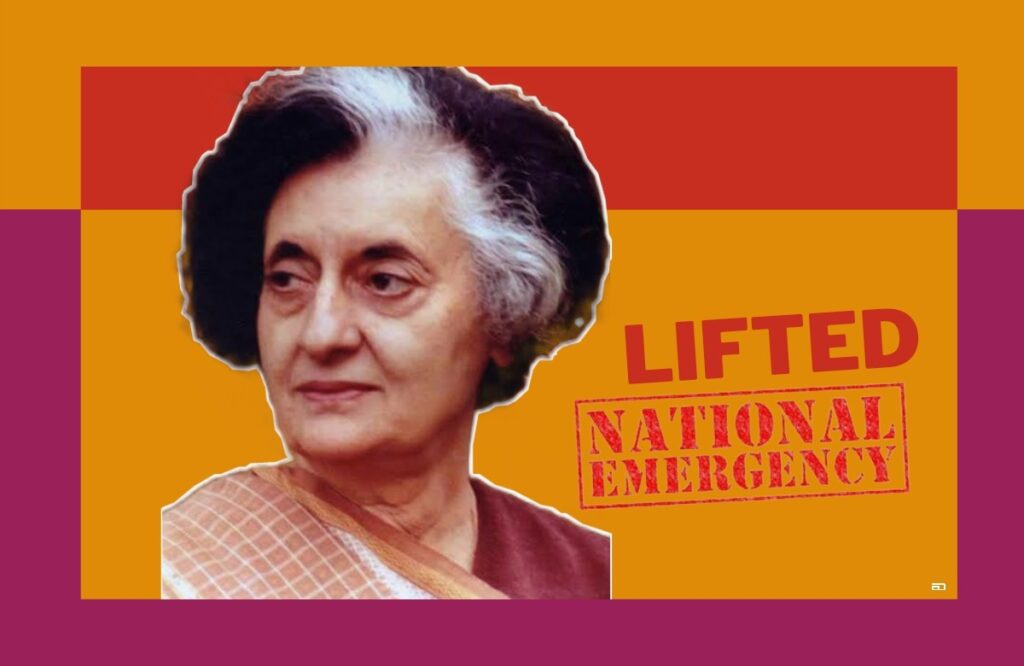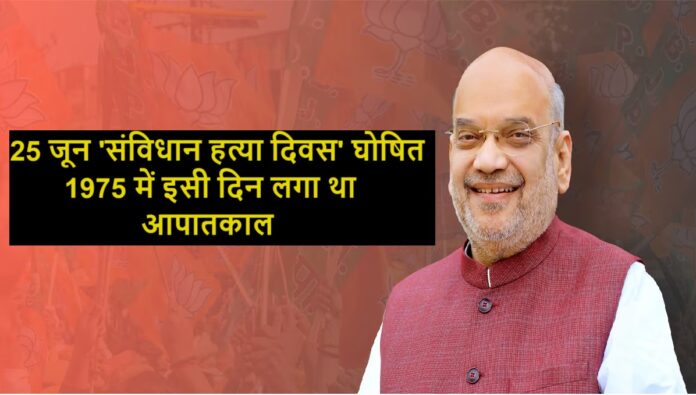Union Home minister Amit Shah declaring 25 June as ‘Samvidhaan Hatya Diwas’ has brought so many questions and memories to mind. The day was chosen to pay tribute to the sacrifices by then leaders and people made during the Emergency, which was imposed by then-Prime Minister Indira Gandhi, when she had put the brakes on civil liberties. It seems more like a hidden agenda to shame the Congress party for its past acts and stoke people’s anger against the current party . Had it truly been a commemoration of the sacrifices, the government may have selected January 18th, the day on which the Emergency was actually lifted, to commemorate “Samvidhan Punarjeevan Diwas” (Constitution Revitalisation Day).
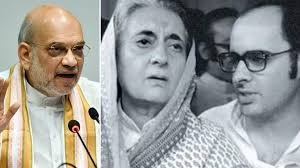
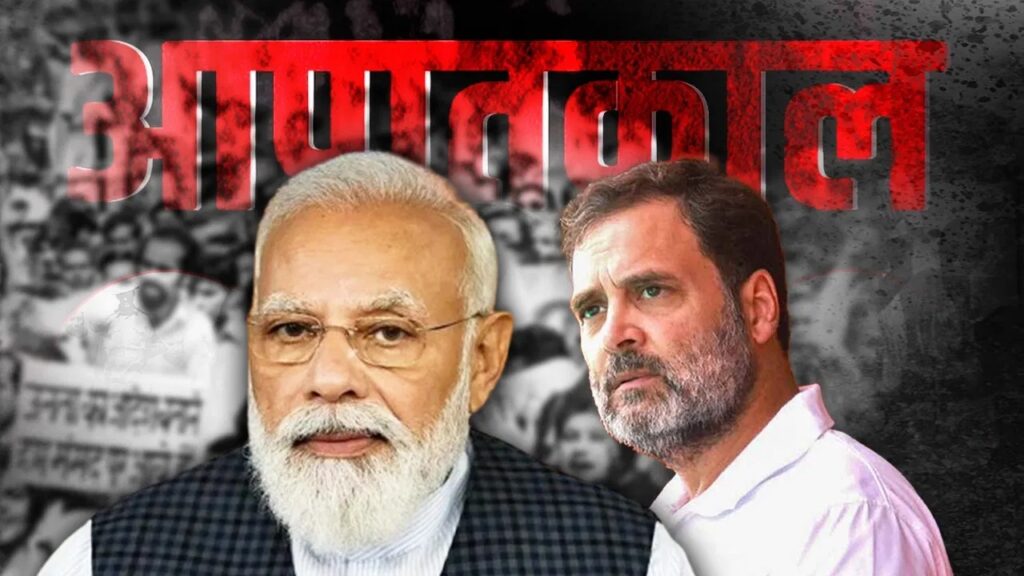
Not delving into these political cats and mouse fights. One thing we all can agree on is that the emergency declaration was a dark period of Indian democracy. Indian democracy never felt more weak than at that time. In whatever name we call that emergency period, hard-learned lessons are something that should not be forgotten by anyone to preserve the roots of democracy.
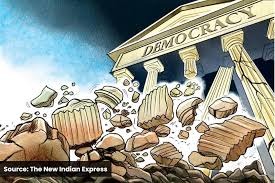
Let’s understand what exactly is an emergency, how it was misused and what measures were taken to make sure nothing like this can happen in the future. Provision of emergency is given in part 18 of the Constitution, from articles 352 to 360. There are three types of emergency:-
National emergency
President rule
Financial emergency
The contentious part was the provision of a National emergency given in Article 352. It was written that an emergency could be declared due to war, external aggression or internal disturbance. This internal disturbance word was so vague and was misused by the then PM in 1975 to declare an emergency when she lost the case against Raj Naraiyan that there were some discrepancies in the election process. She said while proclaiming an emergency that the opposition is not letting her work properly and that’s why she has to take this step. She considered that court judgment an internal disturbance. She also brought the 38th Amendment Act of 1975 to immune her decision to declare an emergency from any judicial process. After that, the whole two years went into chaos. Everything went wrong. People lost their hard-earned freedom. All opposition political leaders were either arrested or underground.
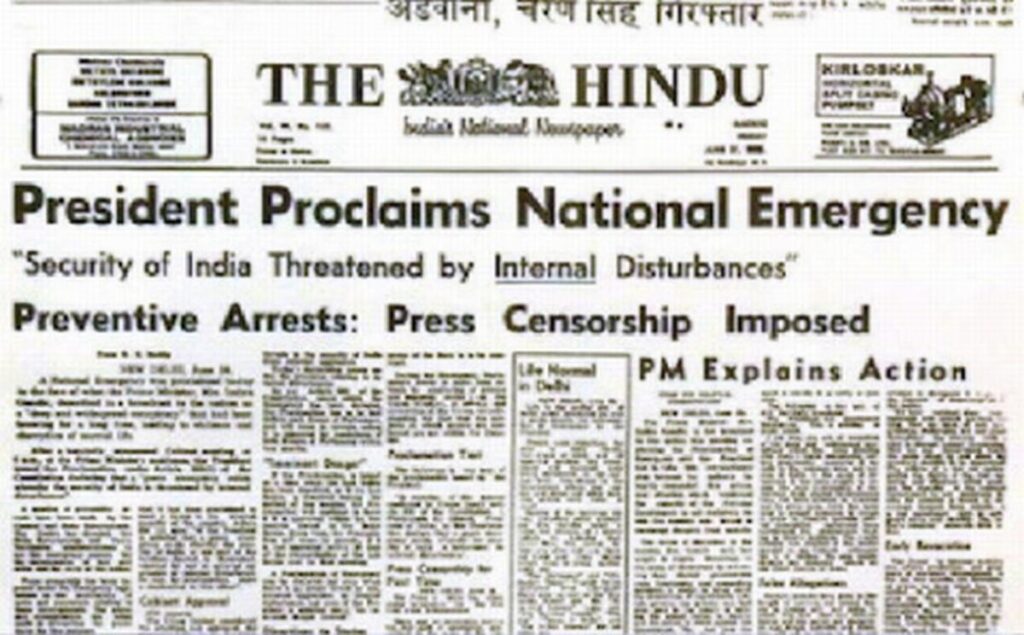
After 21 long months, she calls back emergency and calls for fresh polls. What persuaded her to take such a step is still a mystery. But whatever happens, happens for good, she lost the election and Janata Dal formed a coalition government and the first thing they did was to put the safeguard by the 44th Amendment Act of 1976. The internal disturbance was substituted by the word armed rebellion, now national emergency can only be declared if there is armed rebellion not otherwise. Another safeguard they put is that the PM can only suggest President to declare an emergency on the advice of the cabinet, and then if the emergency is declared Loksabha and Rajyasabha have to approve it within 30 days. In the Minerva Mills case of 1980 Supreme Court declared that even emergency proclamations can have judicial review.
In the end, I would like to conclude that it doesn’t matter what date we commemorate as what matters is our freedom and democracy must grow stronger and we as a part of this vast country must feel this prime duty to make the roots of these principles so strong that no-one can ever uproot it, our constitution is still living and will be livelier with going time.
